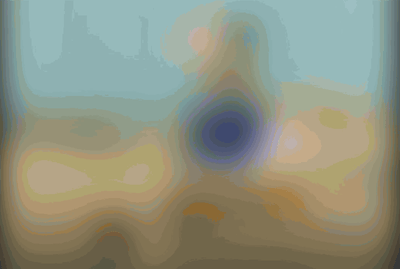
Welcome to part four in our curiosity series. This time we’re looking at how teachers can create or kill curiosity in classrooms.
We Have The Power
Think back on your own education. Some teachers just made things interesting. Some created classrooms of pure drudgery. Teachers who teach the same subject can make that content fascinating or mind-numbing.
We have an enormous influence on our students’ attitudes toward curiosity. Let’s dig into how we can create a culture that promotes curiosity.
In this article, I’ll draw heavily from Susan Engel’s work:
- Her book: The Hungry Mind
- Her presentation at Williams College*
- Another talk from The Aspen Institute
Please take some time and explore those links!
Engel’s Four Qualities
Engel notes four curiosity qualities your classroom needs:
- Safety. No students will be curious if they think they’ll get in trouble or be laughed at.
- Opportunity. Students need chances to truly be curious at school.
- Praise. When someone is curious, explicitly praise that curiosity. Do not say, “That’s silly” or “We don’t have time.”
- Modeling. Kids need to see you be curious. Share what you’re wondering about. Model curiosity in front of them.
I think my weekly Puzzlements mailer provides a nice starting point to establish all of these qualities.
Curiosity Experiments
Engel brought a “curiosity box” into classrooms, telling students they were free to explore it however they’d like. The box had lots of drawers and doo-dads for kids to fiddle with.
- In some classes, students jumped up, started touching the box, playing with the various parts, and discussing it with each other.
- In other classes, the kids just sat there. They didn’t seem to know how to interact with the box.
Engel says these reactions weren’t correlated with age or demographics, but rather with the teacher’s own attitudes and behaviors. Some teachers had created classrooms with a culture of curiosity, and others had a culture of sitting quietly (…or else).
How would your students react to an opportunity to explore a mystery?
Round Two
Engel did another experiment. She had one teacher and one student at a time conduct a scientific experiment involving a raisin getting dunked in a solution.
You can watch her explanation of this here if you’d like.
The teachers were “in on” the experiment while the students were the ones being observed.
The variable:
- One group of teachers were told to deviate from the raisin experiment at some point, saying “let’s see what happens if” and then dunking an eraser or a coin.
- The other teachers did the same science experiment but simply didn’t deviate.
Then, each teacher left the student alone with the raisin experiment. As they left, they said, “I’ll be right back. Feel free to do whatever you’d like with the experiment!”
Guess what?
- Students who saw their teacher be curious were more likely to experiment and try out other objects.
- Those who didn’t just… sat there and waited.
Just by modeling curiosity in front of students, we can start to build a culture of curiosity.
Summary
Teachers have enormous power to encourage or discourage curiosity. Every word and action can either build a culture of curiosity or a culture of compliance.
Oh and here’s the answer to the mystery image from last time:

Next Time
In the next curiosity article, we’ll look at how important it is to slow the heck down in order to establish curiosity.
